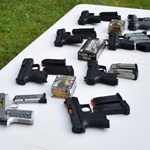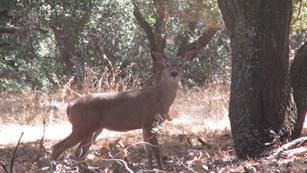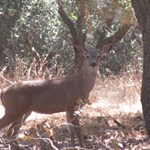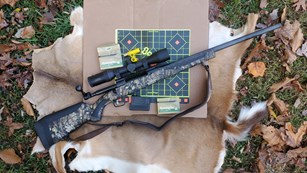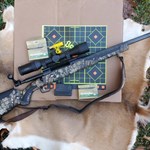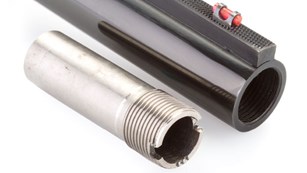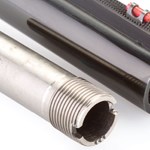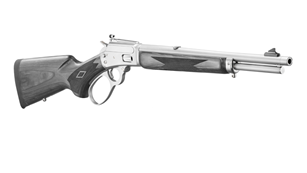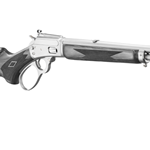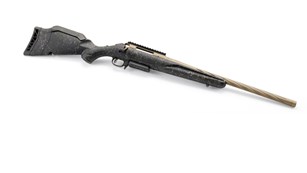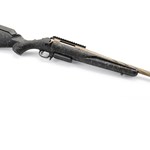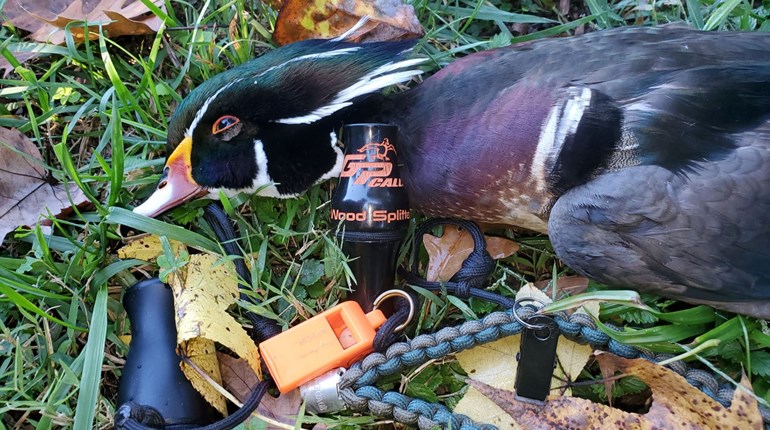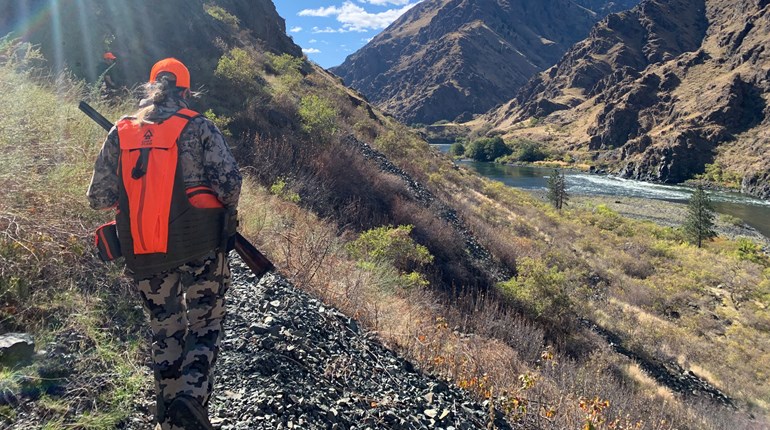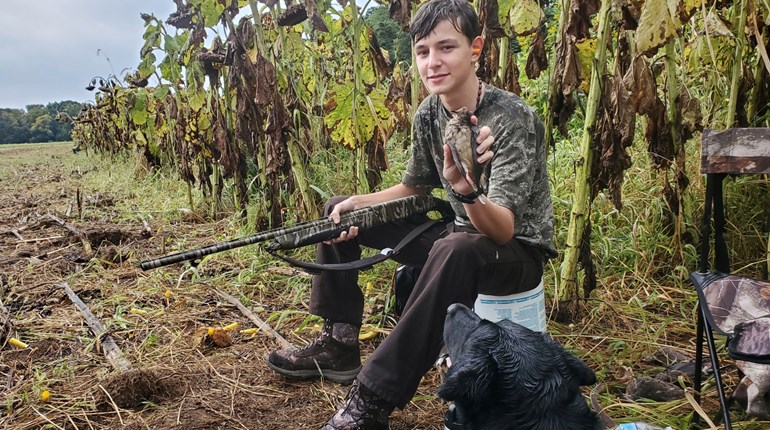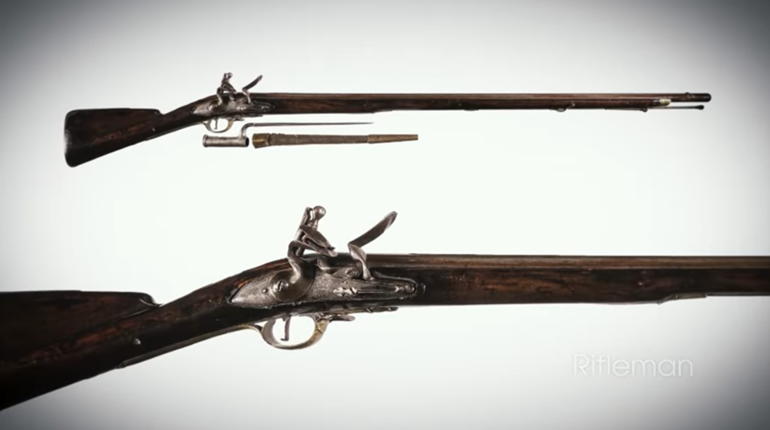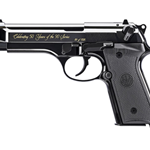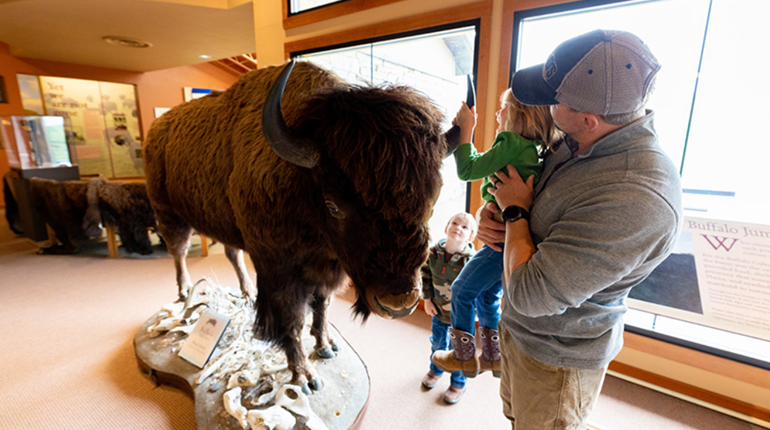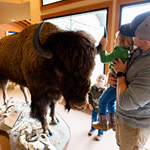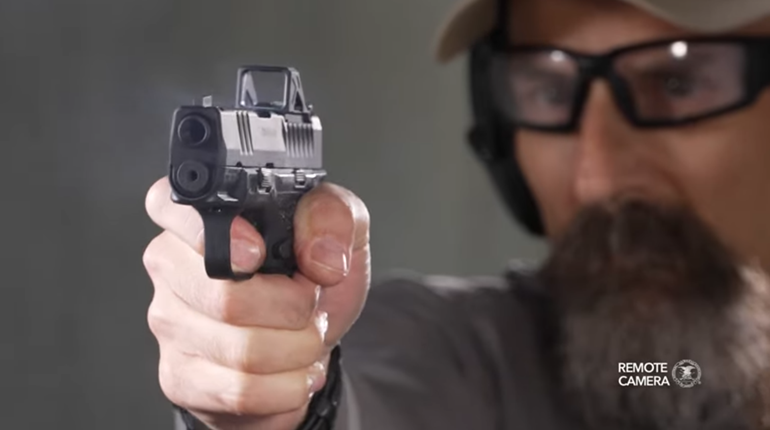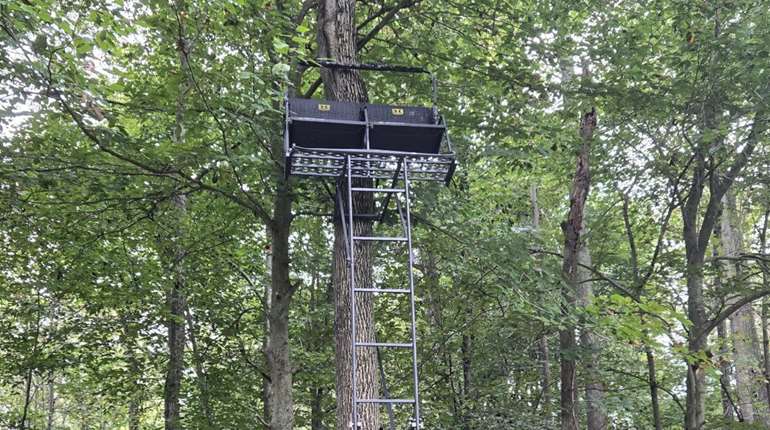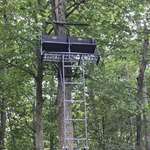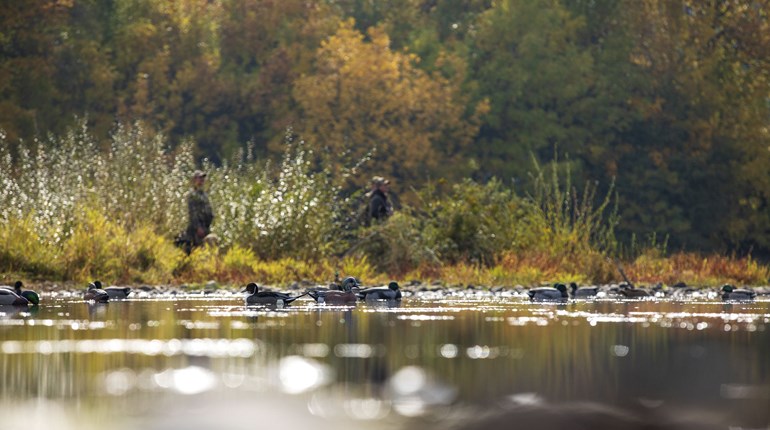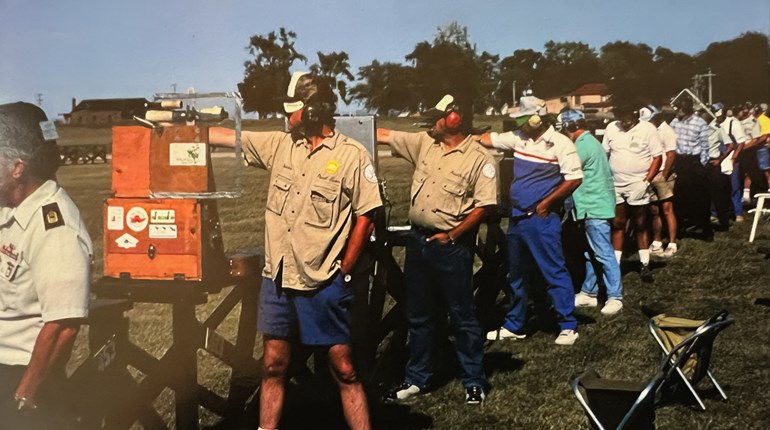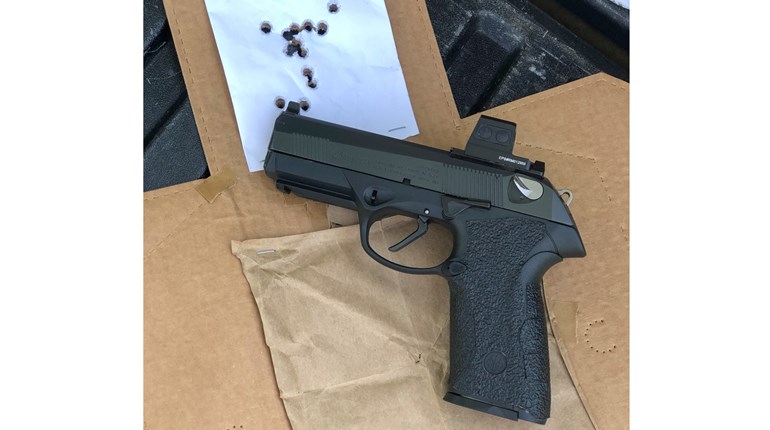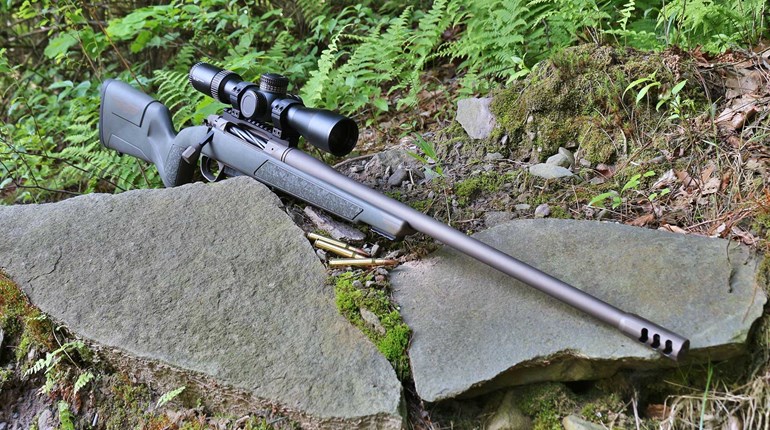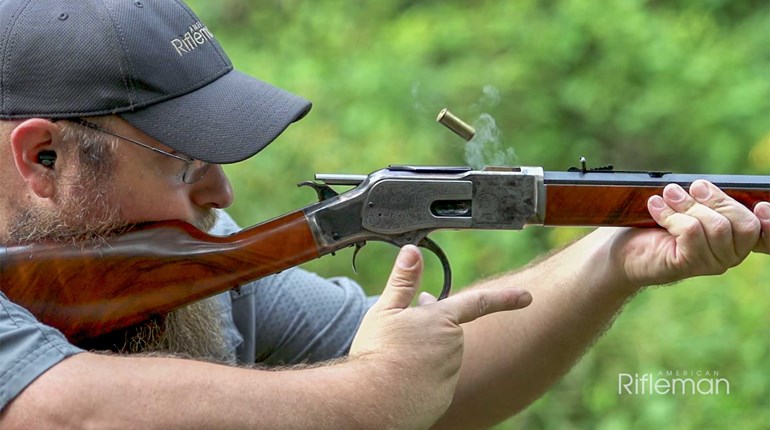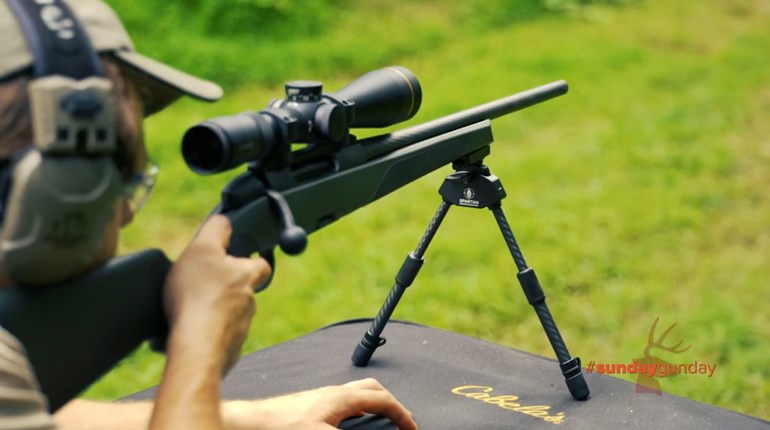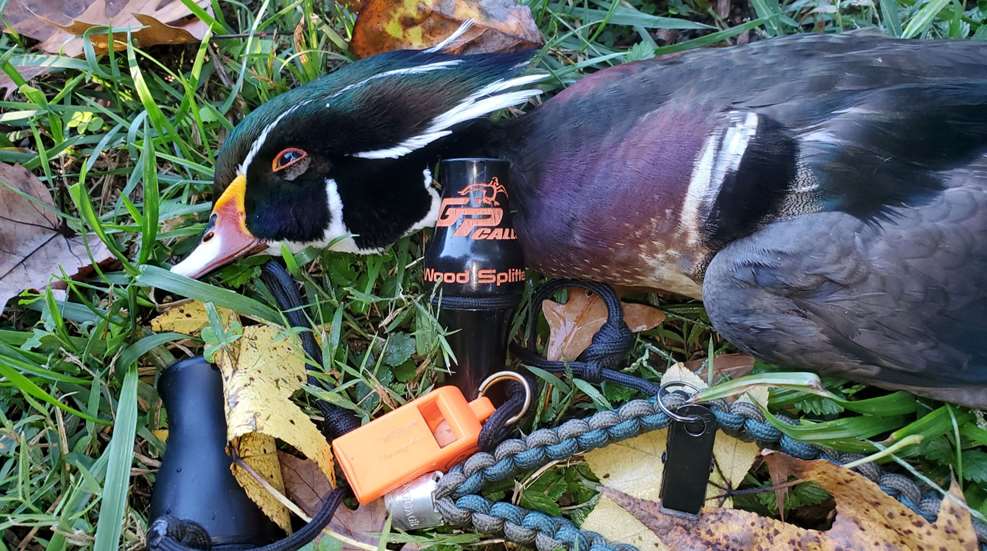
 Aside from resident goose seasons in some areas, early wood duck season and teal seasons are the openers for waterfowl hunters and their four-legged friends. The early season is an exciting time to be in the woods and on the water. Chilled mornings and warm days are a perfect transition to the big seasons ahead.
Aside from resident goose seasons in some areas, early wood duck season and teal seasons are the openers for waterfowl hunters and their four-legged friends. The early season is an exciting time to be in the woods and on the water. Chilled mornings and warm days are a perfect transition to the big seasons ahead.
Wood ducks are arguably one of the most beautiful ducks in our country. Luckily for those of us who like to hunt waterfowl, they are relatively easy to bag, and are a perfect intro for new waterfowl hunters. Here are some tips to get your first-of-season duck supper!
Scout
Wood ducks migrate and move around often. If you are in the northern reaches of the country, they may start migrating soon. It pays to take the time and go to your favorite swamp, slough, pond, or slow-moving river to determine if the ducks are using the area. Wood ducks go where the food is. At this time of year that is often small acorns, seeds that are in the water, wild rice, some invertebrates, and other plant matter. Seeds and acorn availability can vary, so scout ahead of time.
It is advisable to visit the place you want to hunt a few days beforehand. There are two ways to scout the area. The most accurate method to determine if the ducks are using the locale is to go before daybreak, just as if you are hunting, and watch which time and direction they are coming from. They are creatures of habit ... until disrupted.
If you are unable to scout at daybreak, venture to the location during the day, but a few hours before dark when they go to roost elsewhere. Use binoculars to scan the water for movement from a distance. You do not want to spook the birds out of the location. Try to get a count. The more birds the better. Seeing just a few birds is likely not worth you going hunting with a bunch of friends, but may be appropriate for you and one other person and your retriever.
Location
If you scouted and were able to determine which direction the birds were approaching from, set up so you are not looking directly into the sunrise. Hunters do want to be as low to the water as possible, as the ducks almost always fly at first light and picking them out against dark trees or water can be tough. Picking them out against a skyline that is lighting up is much easier. Get within 30 yards of where you saw them land, loiter, and feed if possible.
Set up
Wood ducks do not require decoys. Often, a wood duck call--employed as the ducks are first seen--to set out the welcome mat is just enough to bring them in “feet down.” It is advisable to not call when they are committed. If the ducks pass by, hit the wood duck call and they will often circle back around to see what they missed out on and give you a chance.
Using decoys can be a good thing, but do not bother with more than a few. Often good locations to hunt wood ducks require some walking, hiking, and wading to get into small swamps, sloughs or potholes. Carry two to five decoys if you want, or a pair and a motion decoy such as a spinner- or quiver-type decoy to move the water, and you will be in business.
Hide yourself well by standing next to a tree, under a large bush, or by some vines. If you have time and can make a makeshift hide by placing some large branches all around you, and particularly behind you to break up your shape, that will serve you well.
When the birds fly within range, take your time to pick out one bird and be sure you hit it hard before moving to the next bird. It can be a good idea to split up shooting responsibilities with a partner and spread out along the banks or in the swamp if you are wearing waders. That way, you and your group can cover some territory so that any "cripples" get put down right away.
Safety
Be very aware of where all the shooters are, and also be mindful where the retriever is at all times. The dog handler should have a prehunt briefing to explain how he or she will send the dog. Communication should be had during this time of the hunt as well.
Gear
Wood ducks do not require any heavy-duty hardware to get the job done. In fact, many hunters enjoy using their vintage guns or guns of smaller gauges to hunt wood ducks. Shot sizes in #4, #5, and even #6 work great. Take shots you know you can make and leave those long-range shots alone. Wood ducks are very willing to come back around and come in closer. Just be patient.
A good pair of waders, if you are needing to get in the water, a marsh seat or stool, a duck strap, and a mask and gloves to cover your face and hands goes without saying. Be sure you have your duck stamp and hunting license with you and keep your phone safely out of the water, but do take photos for later memories to share!
If you have never gone wood duck hunting during the early season, please make an effort to do so. You won’t know what you are missing until you try it. Good hunting!


